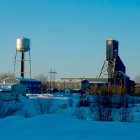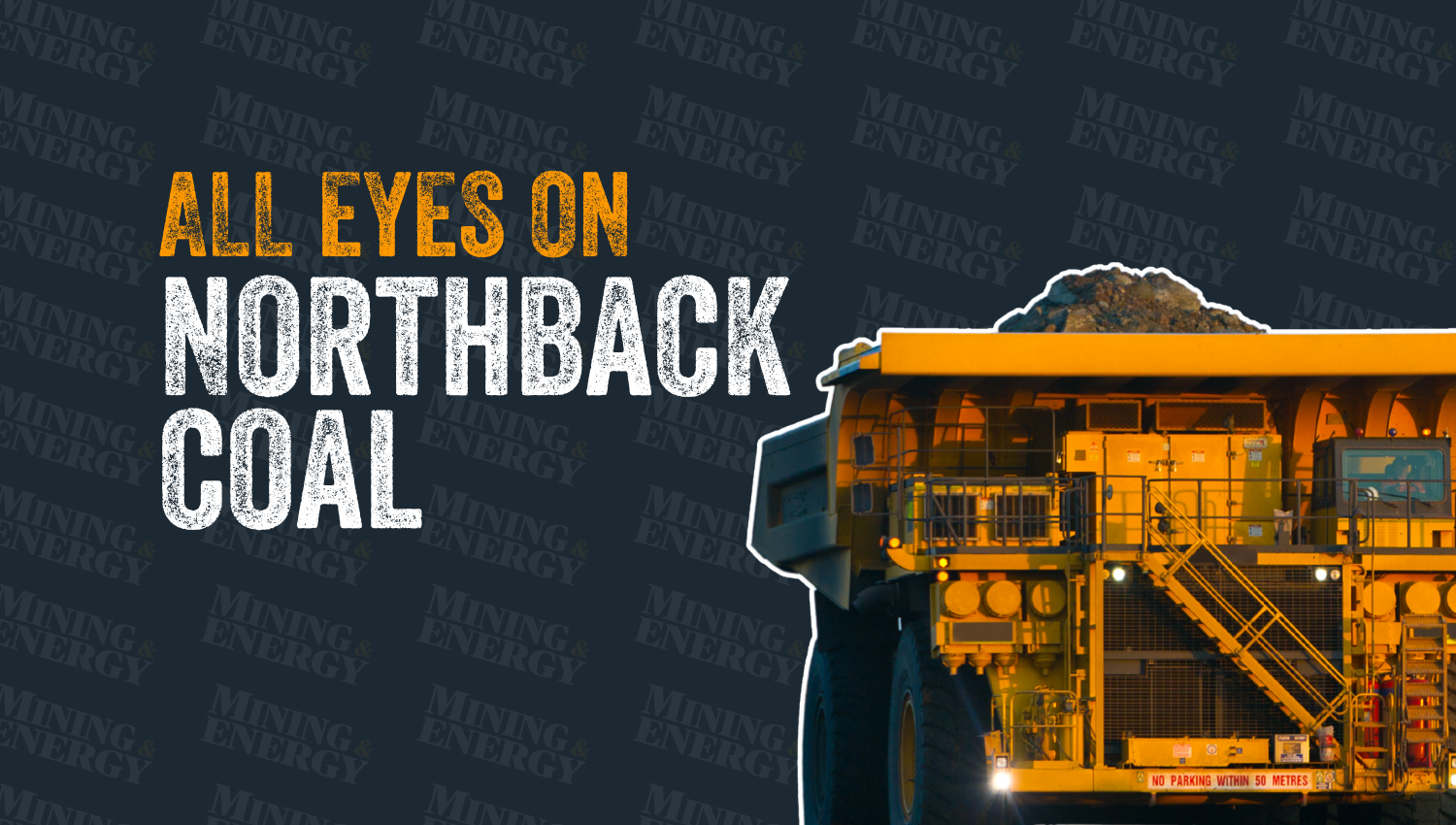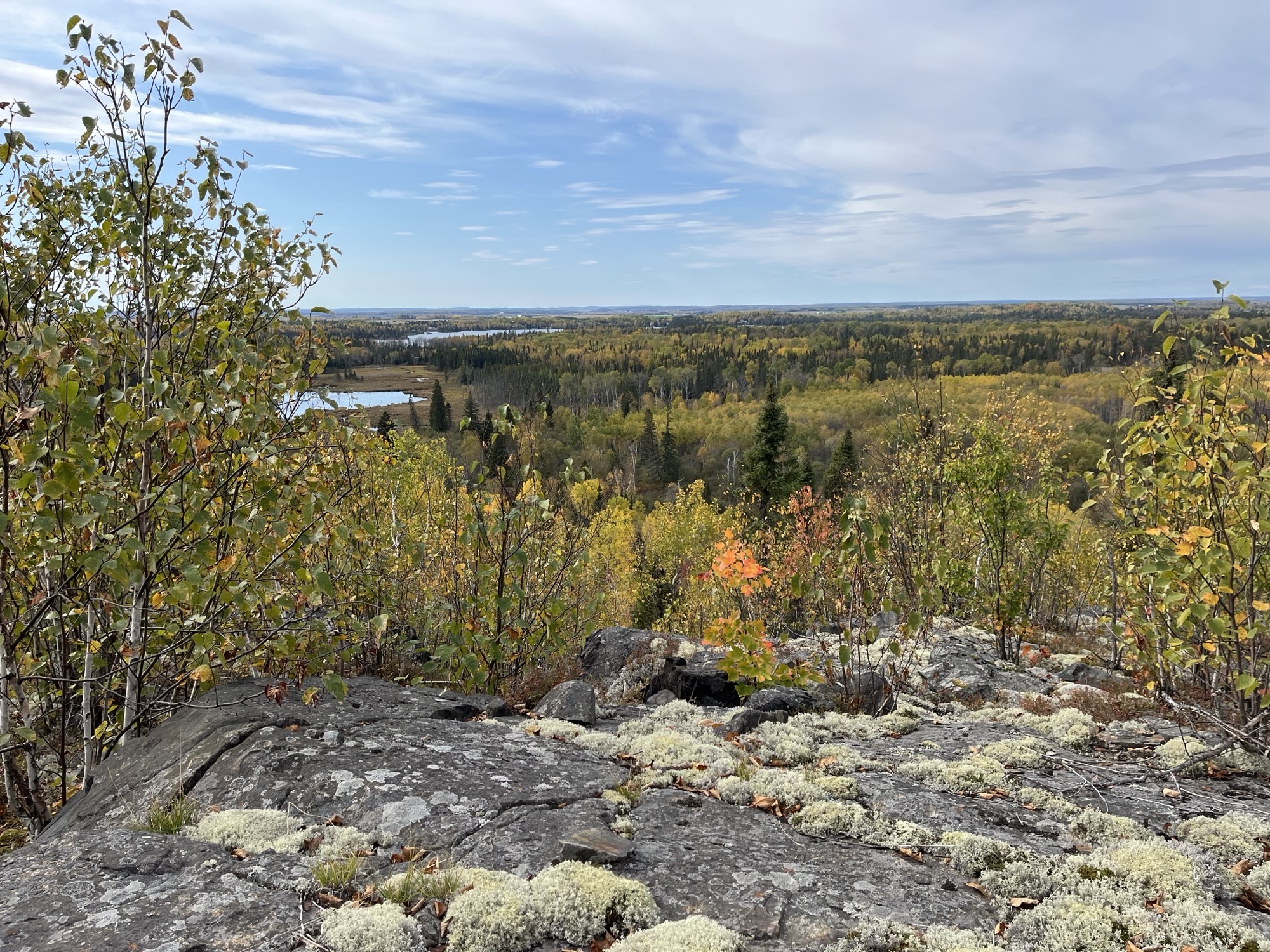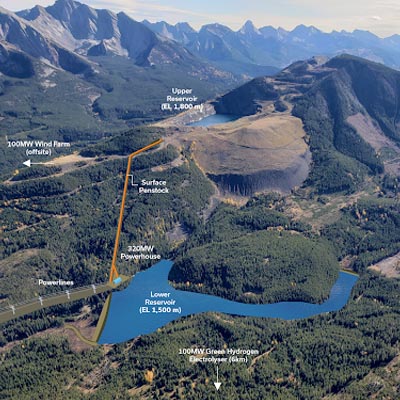Creating a new blueprint

Manitoba's mining prospects, such as the recently reincarnated Snow Lake Mine (pictured here), are making investors and exploration companies sit up a
Manitoba's mining prospects, such as the recently reincarnated Snow Lake Mine (pictured here), are making investors and exploration companies sit up and take notice. — Garry Zamzow photo
Could Manitoba be the new mining frontier? If one considers that new mines are being developed at a rate that, on paper, is approaching one per calendar year, that case could certainly be argued. Nor does the province’s mining growth show signs of slowing down.
“In some respects, I think Manitoba is underexplored compared to a lot of other jurisdictions,” said Chris Beaumont-Smith, the senior manager of mineral policy and business development for the Province of Manitoba. “A lot of the success has been in the Flin Flon-Snow Lake greenstone belt, which is probably the most productive greenstone belt of that age in the world, and we’ve got a lot of Canadian Shield that is obviously very productive . . . And I think we’re benefiting from the last big peak in exploration spending with the rally that commodities had.”
As any jurisdiction can tell you, however, world-class geology only takes you so far. Without a government supportive of industry and development, even the richest deposits can sit in the ground in perpetuity. Beaumont-Smith said that isn’t the case in Manitoba, which is perennially ranked in the Fraser Institute’s Top 10; the province produces nickel, copper, zinc and gold, and is looking closely at the possibility of uranium production.
The provincial government has lowered the mining tax rate to encourage new development, and has created incentives such as the mineral exploration and prospector assistance programs. Manitoba also has the most generous mineral exploration tax credit in the country.
Not that getting the mines operating is a cakewalk, of course. Beaumont-Smith said that one of the challenges faced by Manitoba—as with any Canadian province—is negotiating with aboriginal groups for mining rights. Discussions can be difficult because there is no blueprint for addressing the unique issues and cultural touchstones of individual nations. But Beaumont-Smith is confident that the consultation process will not only bear rich fruit, but will also provide a new template for future negotiations that benefits all parties.
“I think we’re like a lot of other jurisdictions in that there is an acute human resources issue within the sector,” said Beaumont-Smith. “The aboriginal labour pool needs to be tapped and I think now we are starting to build some of the relationships that are necessary for moving that forward.”
To that end, the Manitoba government is investing $4.8 million in two campuses of the Northern Manitoba Mining Academy—located in Thompson and Flin Flon—that include state-of-the-art underground mining simulators. The hope is that these centres will help both with training and recruitment.
One of the mines currently in development on aboriginal territory is the Minago Mine, Victory Nickel’s (TSX:NI) north-centrally located property.
“That would be a 10,000-tonnes-per-day open-pit nickel mine that would employ 400 people when it’s operating,” said Beaumont-Smith. “That’s right in the environs of four different First Nations, so we’re looking at huge employment and contracting opportunities.”
Beaumont-Smith cited Rolling Rock Resources Corp. (TSX.V:RLL) as an example of successful relationship building in the province. Rolling Rock has advanced its Monument Bay project near the northeast aboriginal community of Red Sucker Lake. The memorandum of understanding was signed in May of 2010; it is intended to enhance and support the recognition and understanding of established aboriginal and treaty rights and economic development processes that will benefit both Rolling Rock and the Red Sucker Lake First Nation.
“We’re talking about a lack of templates—this may be our template,” he said.
With rapid mine development, an industry-friendly government and hopeful relationships with First Nation partners, is it safe to say that Manitoba’s fortunes look good?
“We continue to be very optimistic,” said Beaumont-Smith. “There’s another geological environment that doesn’t stop at the (Manitoba–Ontario) border—it just keeps going.”




